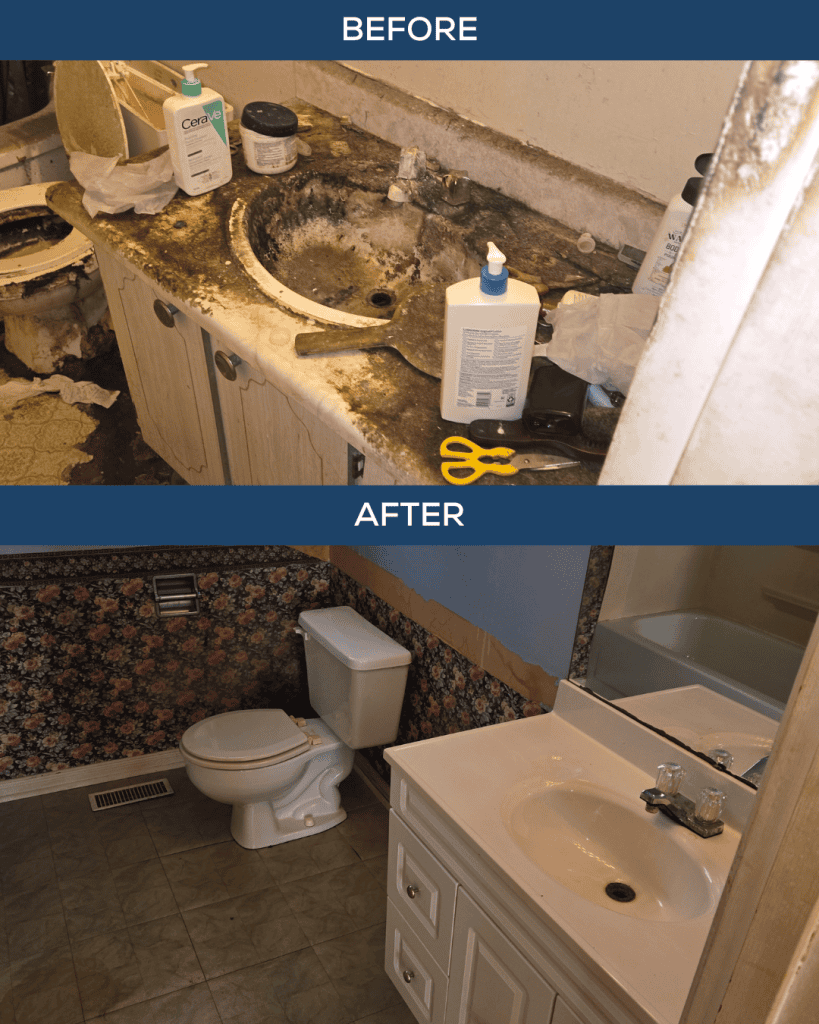There’s something about watching a house disappear beneath piles of things—old magazines, broken electronics, takeout containers from who-knows-when—that feels both deeply uncomfortable and hard to turn away from.
Since 2009, Hoarders on A&E has been doing exactly that. Not just showing the clutter, but the people behind it. Emmy-nominated and relentless in its honesty, the series opens the doors to homes most of us wouldn’t dare enter. And yet, the more you watch, the more you realize—it’s never really about the stuff.
What It Feels Like
For a lot of people featured on the show, the real mess isn’t in the living room or the kitchen. It’s somewhere quieter, somewhere internal. Trauma, grief, mental illness—those don’t always look dramatic on the surface. But let them sit for a few years, and they can take the shape of newspapers stacked to the ceiling or rooms you literally can’t walk through anymore.
And the cleanup? It’s not just a deep clean. It’s an excavation.
That’s why the show doesn’t just bring in dumpsters and gloves. They bring therapists, organizers, family members who’ve cried over this for years. Sometimes, it works. You see someone walk into their cleared-out home, breathe in, and finally recognize the space as theirs again.
When Letting Go Isn’t Easy
But not always.
Some episodes end with the house half-done. Or worse—completely cleaned out, but the person who lived there angry, afraid, or already planning to start collecting again. And that’s the part that sticks with you. Because hoarding isn’t about laziness or messiness. It’s about control. Fear. Sometimes survival.
The ones who can’t let go? You don’t watch them and think, “Why won’t they just clean up?” You think, “What happened to them that made this feel safer than change?”
That part hits harder than I expected when I first started watching.
Authentic Hoarding Images from Local Extreme Cleaning Company in Hamilton, Ontario



Hoarders: More Than Just Extreme Cleaning Services Needed
The cleanup teams that come in—these aren’t just folks with hazmat suits and a checklist. They’re part therapist, part negotiator, part family surrogate. It’s extreme cleaning, yes, but it’s also quiet emotional work. Convincing someone that a moldy blanket isn’t their mother. That a stack of junk mail doesn’t hold their identity. That empty space won’t swallow them whole.
That’s not on any checklist.
And the houses—they’re a character of their own. You start to recognize the signs: blocked exits, unusable bathrooms, expired food by the truckload. There’s a term in the professional world for cleaning something that overwhelming: hoarding cleanup. And it’s a whole industry, built not just on elbow grease but on patience and trust.
Why It Still Matters
Fifteen years later, the show is still going. Because the truth is, hoarding hasn’t gone anywhere. It’s still hiding behind closed doors in neighborhoods where everything looks “fine” from the outside. People still need help. Some of them know it. Some don’t. And a few know they need it but just…can’t say yes.
Maybe it’s shame. Maybe they’ve said yes before and nothing changed.
But the team keeps showing up. Deep clean after deep clean. Hoping this time, it’ll be different.
The Quiet Power of Showing Up
There’s a moment in nearly every episode when someone sits in the middle of their now-empty room. The walls still stained, maybe. Carpets ripped out. But there’s space. And in that silence, you see it—either a flicker of hope, or a flash of panic.
And sometimes, both.
That’s what Hoarders shows us. That a home isn’t just where we live. It’s where we store our memories, our pain, our attempts to cope. Cleaning it? That’s brave. Letting someone else help? Even braver. Hamilton Estate Services does this exact service here in Southern Ontario.
No neat ending here. Just a quiet hope that someone watching sees themselves—or someone they love—and maybe makes that first call. Not to throw things out. But to find a way back.

















